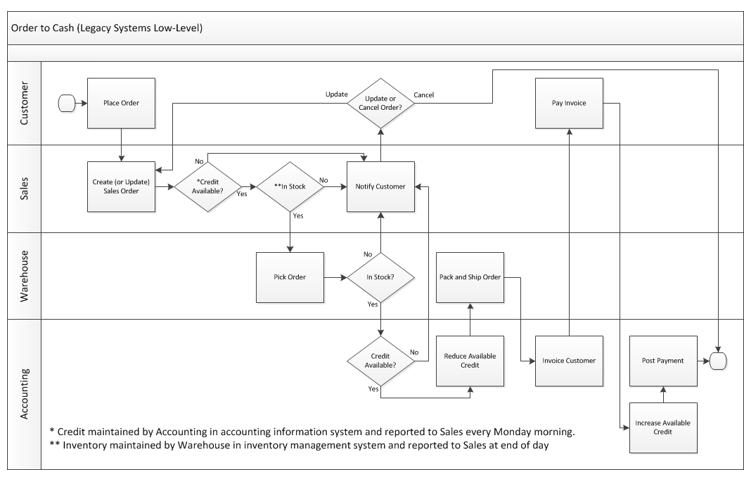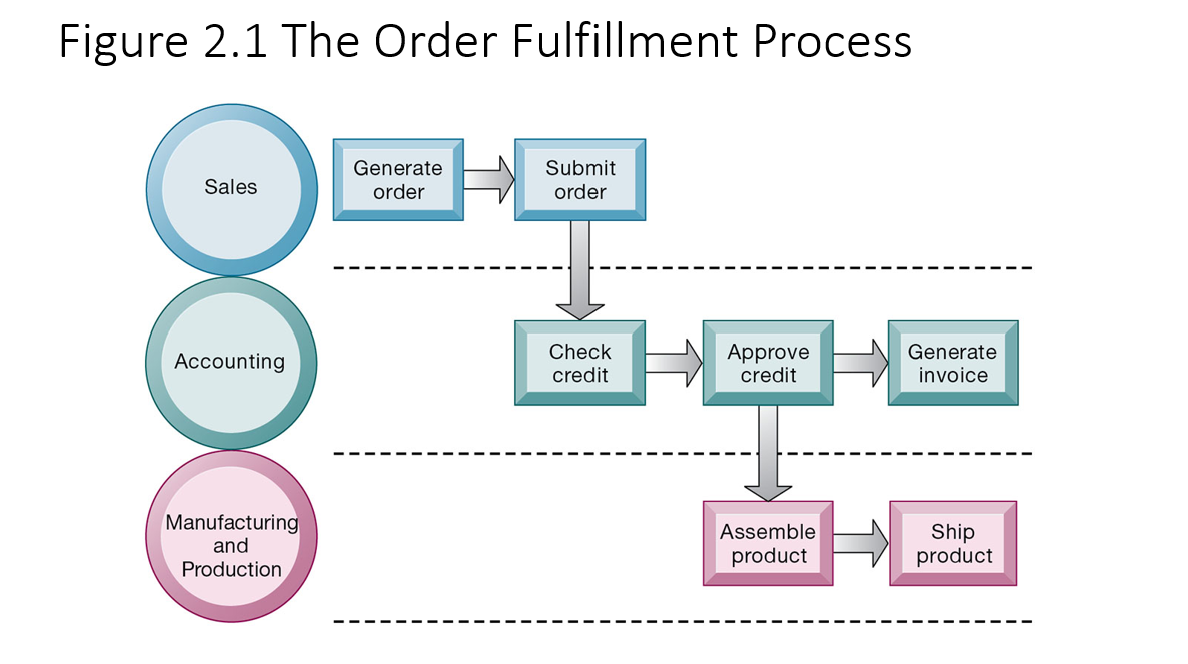MIS Midterm Exam
1/20
There's no tags or description
Looks like no tags are added yet.
Name | Mastery | Learn | Test | Matching | Spaced |
|---|
No study sessions yet.
21 Terms
Management Information Systems (MIS)
Intersection of technology, people, and processes to facilitate decision-making.
Five components of Information Systems
Hardware, software, data, procedures, people
Mainframe computers
Used for applications that need enormous processing power, used for database operations, enterprise resource planning.
Client devices
Often connected together on a network for manager flexibility, used for communications, composition of documents and database access.
Servers and Client-Server networks
Provides intranet access to all necessary resources.
Cloud servers and Cloud computing
Relies on information from data centers, has more capacity and access to resources on the internet.
Transaction Processing Systems (TPS)
Developed from simple, in-store POS systems to digital systems, also used for inventory updates, purchasing, etc.
Decision Support Systems (DSS)
Assist with organizational processes when a large number of inputs are changing rapidly. Provides real-time guidance when the final decision is made by the manager.
4 Components of Supply Chain Management Systems
Supply chain planning
Supply chain sourcing (partners, suppliers)
Manufacturing and assembly (operations)
Supply chain logistics (delivery and return)
Human Resource Information Systems (HRIS)
Primary functions include forecasting, recruiting, selection, hiring, evaluation, training, scheduling, and compensation.
Marketing Information Systems (MKIS)
Integrates numerous processes related to marketing management into a single computer system. Used to construct marketing models, analyze cost-benefit analyses, and gain overall better insight.
Customer Relationship Management (CRM)
Manage the critical relationships an organization has with their customers.
Learning Management Systems (LMS)
Manage academic processes at nearly all large educational institutions.
Executive Support Systems (ESS)
Extract enterprise data and transform it into executive-level reports. Creates a dashboard customized for executives.
Enterprise Resource Planning (ERP)
Integrate the management of nearly all aspects of an organization.
Business Processes
Tasks defining business activities, could be functional or cross-functional.
Always in need of improvement because of opportunities, changes in competition, new technology, new regulations, etc.
How does information technology improve business processes
Increasing efficiency of existing processes (automating manual steps) and enabling entirely new processes.

Swimlane Diagrams
Visual tools to depict processes clearly. Helps correct inefficiencies and eliminate delays.
Symbols of swimlane diagrams
Circles/Oblong - Start/End
Rectangle - Activity
Diamond - Decision
Arrows - Flow

Order-to-Cash (O2C) Process
Business process for handling orders, inventory, checks, and customer credit.
Applications of Swimlane Diagrams
Enhancing business process efficiency
Automation of manual steps
Real-time decision making and management communication